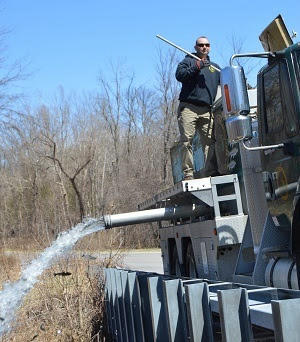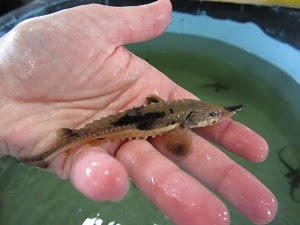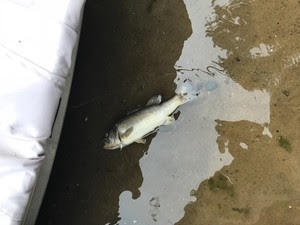Red Tides Impact More Than Just Fish
Gulf of Mexico IEA Project
 NOAA Scientists and Fishermen at an Ecosystem workshop in the Gulf of Mexico during the Summer of 2018
NOAA Scientists and Fishermen at an Ecosystem workshop in the Gulf of Mexico during the Summer of 2018
Massive fish die-offs were just one of many concerns fishermen raised with NOAA scientists during workshops held in the summer of 2018. Fishermen described how the spread of toxic algae otherwise known as a “Red Tide” event along the west coast of Florida is impacting many parts of their lives including local business. This made it clear the issue was bigger than just fish die-offs and requires a solution that is bigger than just conserving fish populations. An ecosystem-wide approach can provide such a solution.
Red tide events occur when toxic algae (Karenia brevis) populations grow rapidly in the water. While these are naturally occurring events, the 2018 event is worse than usual, leading to massive die-offs of marine species and possible respiratory symptoms in humans.
Typically, the impacts of red tides are incorporated into the decision-making process through stock assessments. Stock assessments can estimate the amount of fish that will die as a result of this red tide event and provide an appropriate and sustainable level of fishing mortality, in light of these events. Read more





